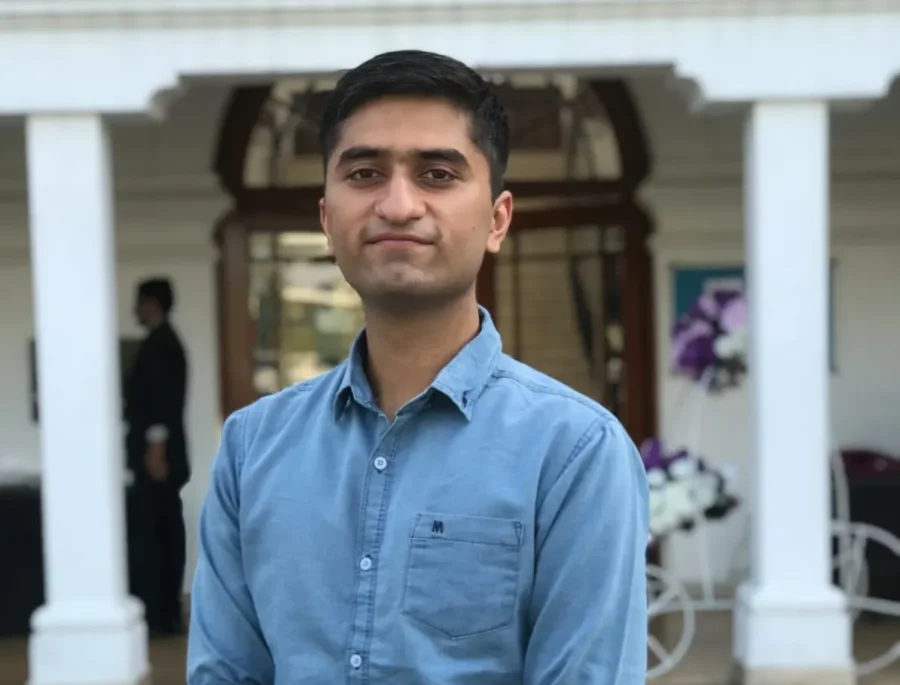Hashir Malik
Tourism has long been a major source of revenue for Jammu and Kashmir, but it has also been used as a tool by the Indian government to promote its control over the region. In recent years, the government has stepped up its efforts to weaponize tourism, using it to project a positive image of the region and to counter the narrative of the Kashmiri people and to hide their oppressive actions.
The Indian government has invested heavily in developing tourist infrastructure in Jammu and Kashmir, building new hotels, roads, and other facilities. It has also launched several marketing campaigns aimed at attracting tourists from India and abroad. These efforts have been somewhat successful, with the number of tourists visiting Jammu and Kashmir increasing in recent years. However, this weaponization of tourism has also been criticized by some people. They argue that the Indian government is using tourism to whitewash the ongoing human rights abuses in Jammu and Kashmir. They also argue that the government’s focus on tourism is displacing the local population and destroying the environment.
The debate over the weaponization of tourism in Jammu and Kashmir is going to continue and there is no doubt that tourism plays an important role in the region’s economy but the behavior of the Indian Armed Forces in the region cannot be put aside, and the directives of the Indian Authorities for the people of Indian Occupied Jammu and Kashmir are just as barbaric. The Emaar Group is a major real estate developer with a presence in over 30 countries. Its investment in Kashmir is expected to boost the local economy by creating jobs and generating revenue. The company plans to invest $60 million in the construction of a shopping mall and an office complex in Srinagar, the capital of Jammu and Kashmir. The project is expected to create 7,000 to 8,000 jobs during construction and 3,000 permanent jobs once it is completed.
The mall is also expected to attract tourists and more international businesses to the region. However, this is all a play to brush the human rights violations happening in the region at the hands of Indian Authorities, under the rug.
The Occupation state can control who is allowed to visit the territory, and how they are allowed to travel within the territory. This can be done by issuing visas, setting up checkpoints, and controlling the movement of tourists within the territory. Moreover, they can market the territory as a tourist destination, highlighting its natural beauty, historical sites, and cultural attractions. This can help to create a positive image of the territory and to legitimize the state’s claim to it but in the case of IOJK they’ve only sought to destroy the region and the existing culture along with its sites etc. Consider how the Indian government is urging people to move to Jammu and Kashmir and trying to change the demographic of the region in order to stake their claim on the region even stronger and creating this false sense of familiarity with the rest of India for the people who visit from abroad.
The Indian Government has for long been trying to woo investors, both domestic and foreign, but with little success due to the three-decade freedom movement in the disputed territory.” The Kashmir Valley as it is known for its snow-topped mountains and beautiful lakes, attracted more than 16 million tourists in the year 2022, which is the most since British colonial rule in the subcontinent ended in 1947. India keeps on trying to take advantage of this factor and capitalize on not only the regions tourism but its oppression of the innocent people of Jammu and Kashmir all together. That land and region belongs to the people that it has been oppressing for decades and now after years of planning and scheming the Indian Government after taking away their special status, is trying to transform the region in such a manner that the people of IOJK have no say in it. Apart from that the whole scenario that is going on side by side to change the demographic of the region so that in case of a plebiscite the majority would choose to stay with India.
Another thing that seems to be one of the major focuses of the occupiers is demographic changes, primarily driven by settlements of individuals from outside the region, have also had a substantial impact. The influx and movement of people from other parts of India, facilitated by government policies, has led to major concerns over the alteration of the demographic composition in Jammu and Kashmir. This could and surely will dilute the unique cultural and religious identity of the region, potentially altering the socio-political landscape. Such demographic shifts have always been known to heighten tensions and fuel the already existing grievances, with the local people becoming victims of marginalization and loss of representation. These actions then also have the potential to intensify the freedom movement as a response to these threats to the region’s distinct identity and autonomy.
All these tactics and strategies are a means to normalize the inhumane acts that are being committed in IIOJK and to paint the whole situation as a ‘peaceful’ and ‘normal’ one. This is how India seeks to achieve their oppressive goals by using these newer and unconventional means of apartheid.
[The writer is a student of Peace & Conflict Studies at National Defense –University, Islamabad and is currently serving as an intern at Kashmir Institute of International Relations.]










